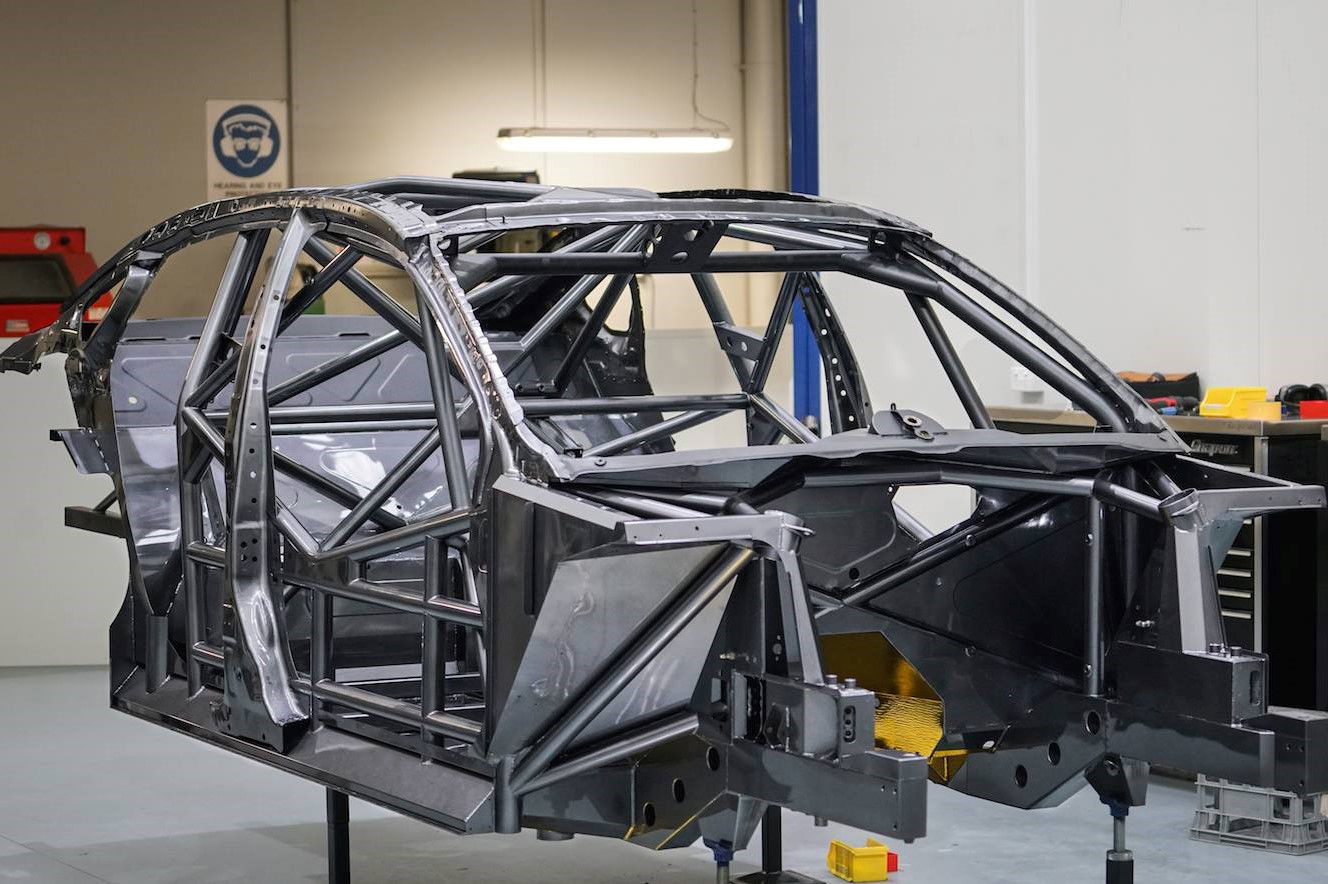

Supercars Head of Motorsport Adrian Burgess has revealed early Gen3 details including plans to lower the roll hoop to attract two-door halo cars.
The roll hoop has been a focal point for Supercars since the introduction of the two-door Ford Mustang in 2019.
Speaking on The Loud Pedal podcast, Burgess admitted that the current chassis that is designed primarily for a four-door sedan isn’t suitable for two-door coupes.
The roll hoop has been a sticking point for the likes of Walkinshaw Andretti United, which had signalled plans to bring the Chevrolet Camaro to the Virgin Australia Supercars Championship.
However, due to the roll hoop height, those plans were abandoned due to associated aesthetic risks.
“There’s a whole list of things we want to try and achieve,” said Burgess.
“Do you tick every box? You don’t know. One of the big ones at the moment; our current chassis is too tall. It’s designed around a four-door saloon.
“The industry and the market is going away from those sort of cars. They’re going to more halo cars; Mustangs, Camaros, things like this.
“One of the things we are trying to achieve is a lower roll hoop, which, at the moment, I think we’re going to be about 100mm lower.”
Burgess also outlined basic plans to reduce introductory and ongoing costs.
Engines have been identified as a high-cost area for teams. It is understood control componentry is being looked at, specifically controlled engines.
“We’re going to endeavour to make the car cheaper to buy, cheaper to operate, and a little bit more controlled than what we have been,” he added.
“One of the big things for the teams is the amount of design resource they need, manufacturing resource they need.
“They’re constantly able to tweak and adjust the roll bar or any particular part of the car. So we’ve probably got to take away some of those expenses out of the operating costs.
“So the car will be a lot more generic and everyone has got the same.
“Engines are clearly an expensive part at the moment. You’ve got five different engine builders all trying to do the same thing but they do it differently.
“The rule book is very complex and takes the resource, and time, and energy from our side to manage those sorts of things. We’ve got to simplify a lot of it.”
Fundamentally, Burgess wants to “dumb the car down a little bit” with Gen3 to make the category open, more relevant, and easier to enter.
Burgess said there has been interest from “a couple” of manufacturers and existing race teams outside of the category who are waiting for a design concept.
“If a manufacturer wants to come in and doesn’t have an engine, then we can look after that for them,” Burgess explained.
Burgess also outlined plans to reduce downforce and introduce a tyre that is less prone to overheating when following cars.
While the coronavirus pandemic has put financial strain on the category and its teams, Burgess said what spare time they have had has been focused on developing Gen3.
“The COVID thing has given us a bit of time at the moment,” he said.
“The design is coming on very fast. We’re putting in a lot of hours into it at the moment.
“Hopefully next year we’ll be testing and doing aero tests and everything.
“It’s not going to be introduced until ‘22, but there’s definitely some time and energy going into it from a planning phase and a design phase.”




















Discussion about this post